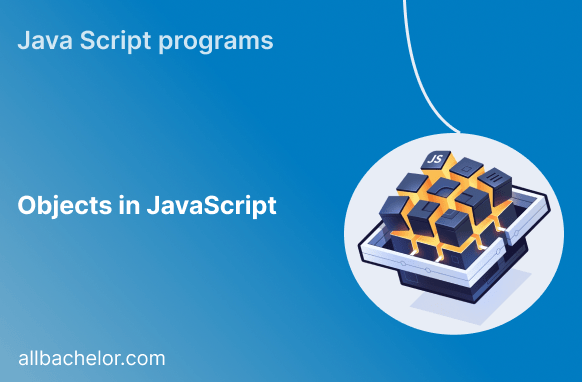Introduction
JavaScript is a popular programming language utilized for building dynamic web pages, and it follows an object-oriented approach. Objects serve as key elements within JavaScript, allowing the storage of data and functions. In this article, we will delve into the definition of objects in JavaScript, their creation process, and techniques for accessing their properties.
What is an object in JavaScript?
An object is a group of characteristics, and each characteristic is a connection between a name (or key) and a value. If the value of a characteristic is a function, then that characteristic is referred to as a method. Objects can be generated using the Object() constructor or by using the object initializer / literal syntax.
Here’s an example of creating an object using the object initializer syntax:
const person = {
name: 'John',
age: 30,
hobbies: ['reading', 'swimming'],
greet() {
console.log('Hello!');
}
};How do you create an object in JavaScript?
You can create an object using the Object() constructor or the object initializer / literal syntax. Here’s an example of creating an object using the Object() constructor:
const person = new Object();
person.name = 'John';
person.age = 30;
person.hobbies = ['reading', 'swimming'];
person.greet = function() {
console.log('Hello!');
};What is the difference between an object and a class in JavaScript?
In JavaScript, classes are not present. Instead, the language relies on prototypes for object creation. Prototypes act as objects from which other objects can inherit properties and methods. Essentially, prototypes serve as blueprints for objects.
Here’s an example of creating an object using a prototype:
function Person(name, age) {
this.name = name;
this.age = age;
}
Person.prototype.greet = function() {
console.log('Hello!');
};
const person = new Person('John', 30);What is the prototype chain in JavaScript?
The prototype chain is utilized to establish a relationship of inheritance between objects. When you attempt to access a property or method on an object, JavaScript initially searches for it within the object itself. If it is not found there, it proceeds to search for it within the object’s prototype. If it is still not found, the search continues within the prototype’s prototype, and so forth.
Here’s an example of accessing a property on an object:
const person = {
name: 'John',
age: 30,
};
console.log(person.name); // Output: JohnHow do you access object properties in JavaScript?
You can access object properties using either dot notation or bracket notation. Here’s an example of accessing a property using dot notation:
const person = {
name: 'John',
age: 30,
};
console.log(person.name); // Output: JohnHere’s an example of accessing a property using bracket notation:
const person = {
name: 'John',
age: 30,
};
console.log(person['name']); // Output: JohnWhat are the different ways to create objects in JavaScript?
There are several ways to create objects in JavaScript, including using the Object() constructor, the object initializer / literal syntax, and factory functions.
Here’s an example of creating an object using a factory function:
function createPerson(name, age) {
return {
name,
age,
greet() {
console.log('Hello!');
}
};
}
const person = createPerson('John', 30);What is the difference between a primitive type and an object type in JavaScript?
Primitive types are values that cannot be changed and are not objects. They do not possess any methods. There are six primitive types: string, number, bigint, boolean, null, and undefined. On the other hand, object types are mutable values that can have properties and methods.
Here’s an example of a primitive type:
const name = 'John';Here’s an example of an object type:
const person = {
name: 'John',
};Code Examples
Creating Objects Using Object Initializer Syntax
const person = {
name: 'John',
age: 30,
hobbies: ['reading', 'swimming'],
greet() {
console.log('Hello!');
}
};Creating Objects Using Object() Constructor
const person = new Object();
person.name = 'John';
person.age = 30;
person.hobbies = ['reading', 'swimming'];
person.greet = function() {
console.log('Hello!');
};Conclusion
To summarize, objects play a crucial role in JavaScript as they serve to store both data and functions. They can be instantiated using the Object() constructor or the object initializer / literal syntax. Accessing object properties is possible through dot notation or bracket notation. JavaScript does not rely on classes but instead utilizes prototypes for object creation. The prototype chain facilitates object inheritance. JavaScript offers various methods for creating objects, such as using the Object() constructor, the object initializer / literal syntax, and factory functions. In JavaScript, primitive types are unchangeable values that lack methods, whereas object types are mutable values capable of having properties and methods.



